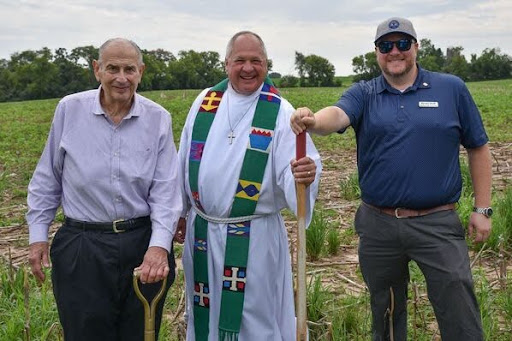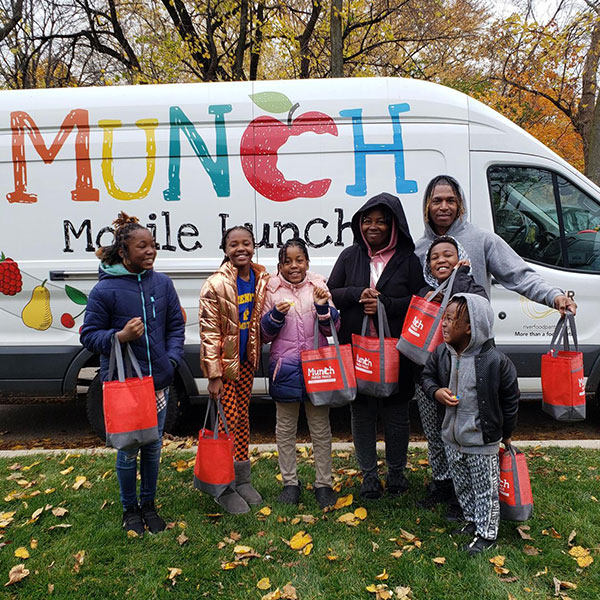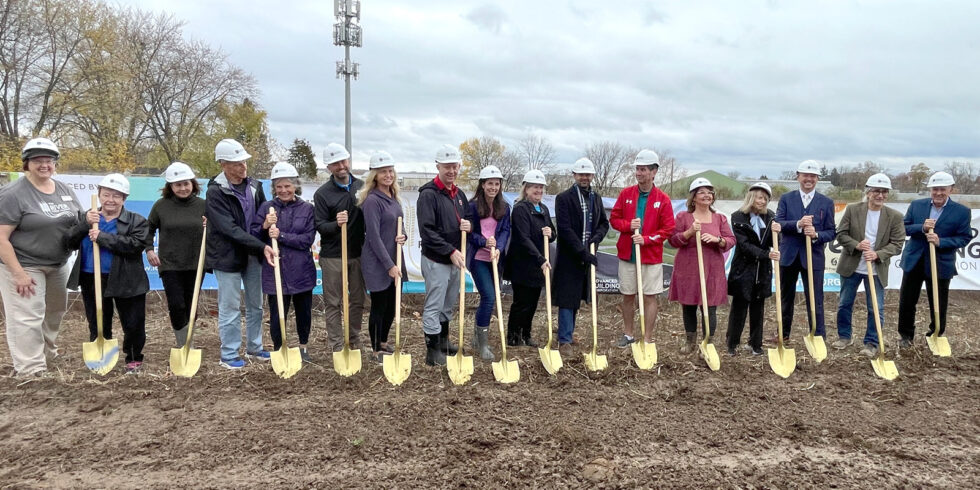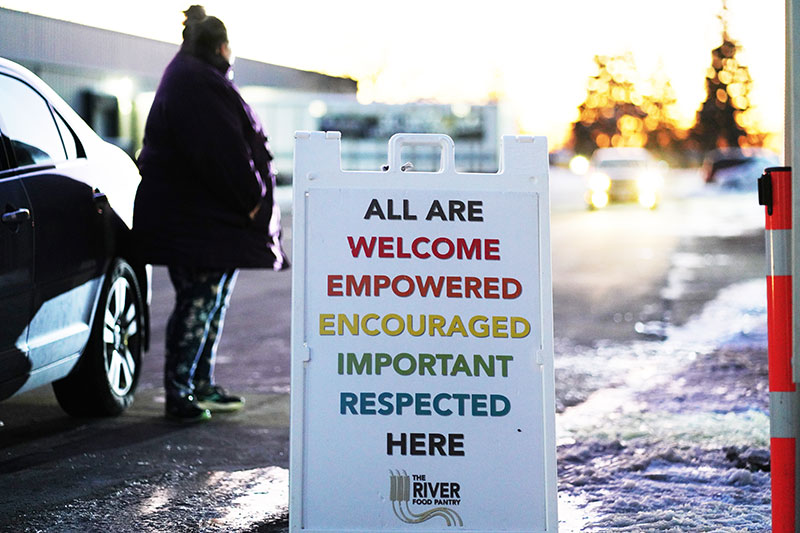Action Alert: Submit Comments in Support of Emerald Bluffs
Public comments are open now through November 3 for Emerald Bluffs Solar Park, a 225 Megawatt (MW) solar project. If approved, the solar project will be located in Juneau County and is planned for completion in the latter half of 2027. Projects like this have a wide range of local and statewide benefits. Show your support for this project and tell the Public Service Commission of Wisconsin (PSC) why you support the approval of a vital solar project in Wisconsin!
You can use some of the listed benefits below to help you craft your message. You can also review RENEW’s public comment here – RENEW Wisconsin’s Public Comment
Emerald Bluffs Solar isn’t just about the clean energy it will produce. The 225 MW facility in Juneau County has many benefits:
- Economic Growth: Emerald Bluffs will create nearly 1,000 jobs during construction, as well as more than 20 good-paying, long-term operations and maintenance positions.
- Community Benefits: Once in service, Emerald Bluffs will contribute more than $1,125,000 in utility-aid payments each year. Over $637,000 of this will go to Juneau County, while the remaining $487,500 will go to the towns of Lemonweir and Seven Mile Creek. During its 35-year life, the project will contribute a total of $39.375 million in utility-aid payments.
- Emissions Reductions: Emerald Bluffs will reduce energy production emissions by 746 million pounds of CO2 in the first year of operations. In terms of greenhouse gas emissions, this is the equivalent of taking more than 73,500 vehicles off the road for a full year. These emissions reductions will result in health, economic, and environmental benefits.
Submit your comments today and tell the PSC you support the approval of Emerald Bluffs Solar. Feel free to use some of the bullet points above to craft your own unique message.
The post Action Alert: Submit Comments in Support of Emerald Bluffs appeared first on RENEW Wisconsin.






